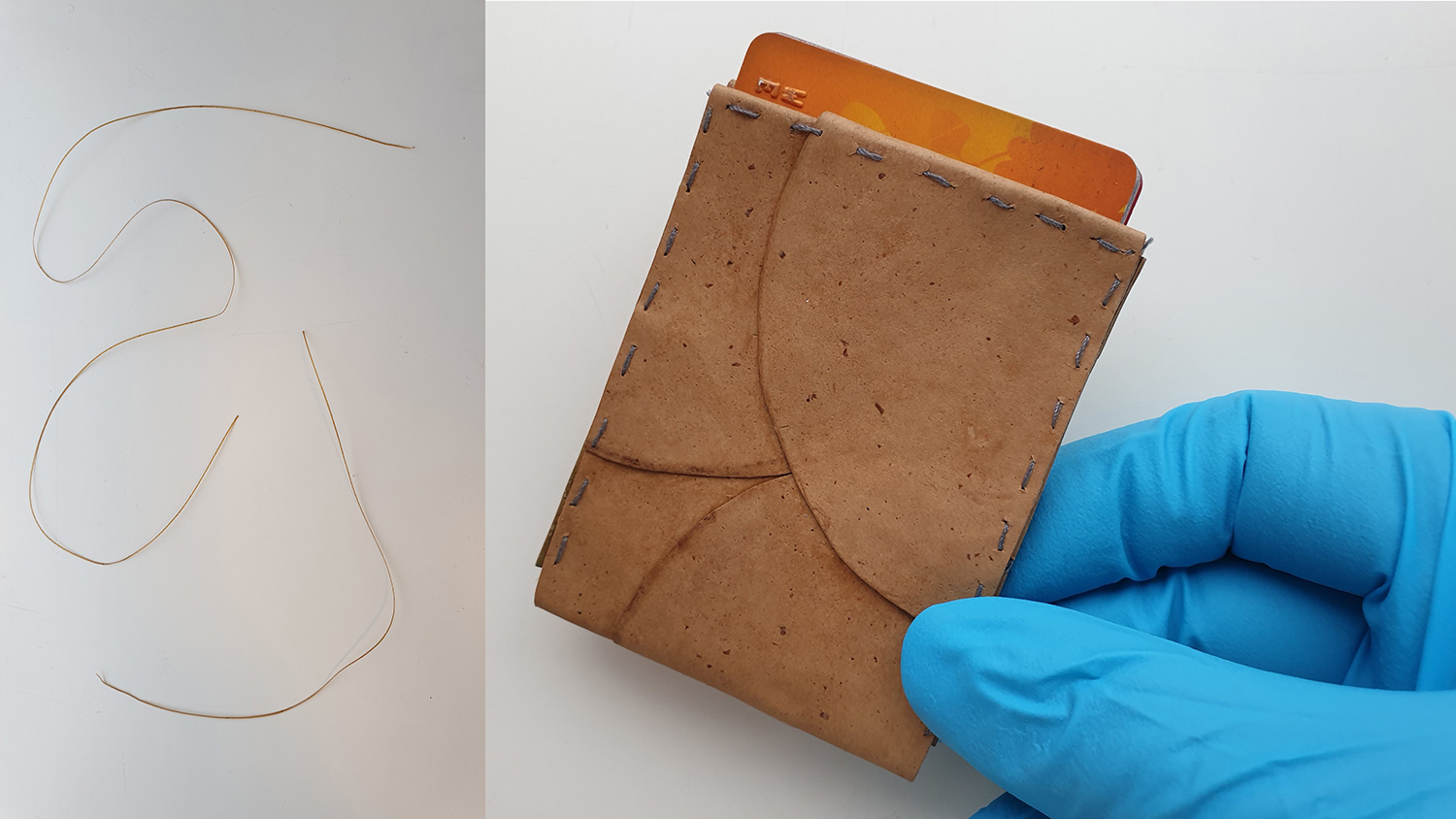Sustainable leather, yarn and paper — from bread-eating fungi
2022-03-24

The researchers will present their results at the spring meeting of the American Chemical Society (ACS). ACS Spring 2022 is a hybrid meeting being held virtually and in-person March 20-24, with on demand access available March 21-April 8. The meeting features more than 12,000 presentations on a wide range of science topics.
Cotton is in short supply, and, like petroleum based textiles and leather, its production is associated with environmental concerns. Meanwhile, plenty of food goes to waste. Akram Zamani, Ph.D., set out to resolve these seemingly unrelated problems with new biobased, sustainable materials derived from fungi.
“We hope they can replace cotton or synthetic fibers and animal leather, which can have negative environmental and ethical aspects,” says Zamani, the project’s principal investigator. “In developing our process, we have been careful not to use toxic chemicals or anything that could harm the environment.”
Just like humans, fungi need to eat. To feed the organisms, the team collected unsold supermarket bread, which they dried and ground into breadcrumbs. The researchers mixed the breadcrumbs with water in a pilot-scale reactor and added spores of Rhizopus delemar, which can typically be found on decaying food. As this fungus fed on the bread, it produced microscopic natural fibers made of chitin and chitosan that accumulated in its cell walls. After two days, the scientists collected the cells and removed lipids, proteins and other by-products that could be used in food or feed. The remaining jellylike residue consisting of the fibrous cell walls was then spun into yarn, which could be used in sutures or wound-healing textiles and perhaps in clothing.
Alternatively, the suspension of fungal cells was laid out flat and dried to make paper- or leather-like materials. The first prototypes of fungal leather the team produced were thin and not flexible enough, says Zamani, who is at the University of Borås in Sweden. Now the group is working on thicker versions consisting of multiple layers to more closely mimic real animal leather. These composites include layers treated with tree-derived tannins — which give softness to the structure — combined with alkali-treated layers that give it strength. Flexibility, strength and glossiness were also improved by treatment with glycerol and a biobased binder.
“Our recent tests show the fungal leather has mechanical properties quite comparable to real leather,” Zamani says.
For instance, the relation between density and Young’s modulus, which measures stiffness, is similar for the two materials.
While some other fungal leathers have already reached the market, little information about their production has been published, and their properties don’t yet match real leather, according to Zamani. From what she can ascertain, the commercial products are made from harvested mushrooms or from fungus grown in a thin layer on top of food waste or sawdust using solid state fermentation. Such methods require several days or weeks to produce enough fungal material, she notes, whereas her fungus is submerged in water and takes only a couple of days to make the same amount of material. A few other researchers are also experimenting with submerged cultivation but at a much smaller scale than her group’s efforts.
In addition, some of the fungal leathers on the market contain environmentally harmful coatings or reinforcing layers made of synthetic polymers derived from petroleum, such as polyester. That contrasts with the University of Borås team’s products, which consist solely of natural materials and will therefore be biodegradable, Zamani expects.
Her team is working to further refine their fungal products. They also recently began testing other types of food waste, including fruits and vegetables. One example is the mass left after juice is pressed from fruit.
“Instead of being thrown away, it could be used for growing fungi,” Zamani says. “So we are not limiting ourselves to bread, because hopefully there will be a day when there isn’t any bread waste.”
The researchers acknowledge support and funding from Vinnova.
Read more
The American Chemical Society (ACS)
Akram Zamani

